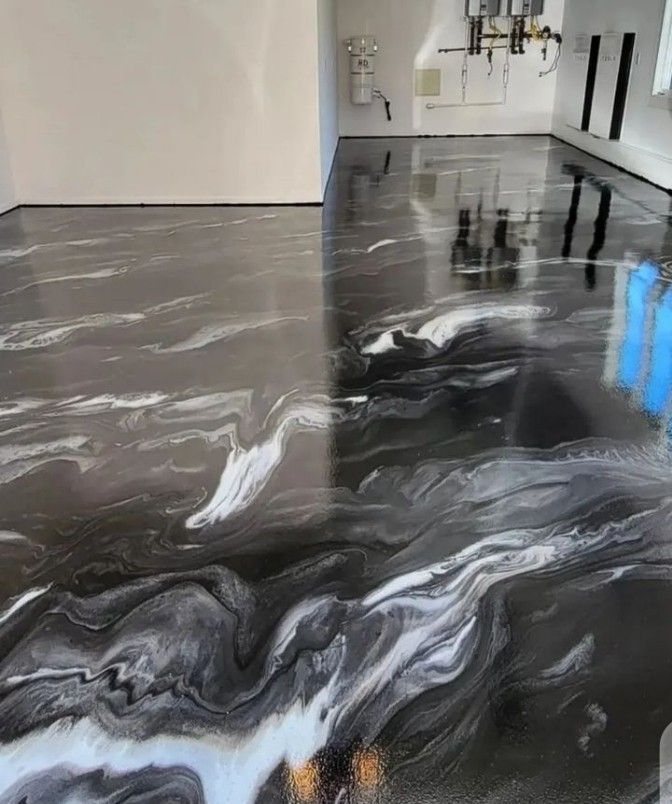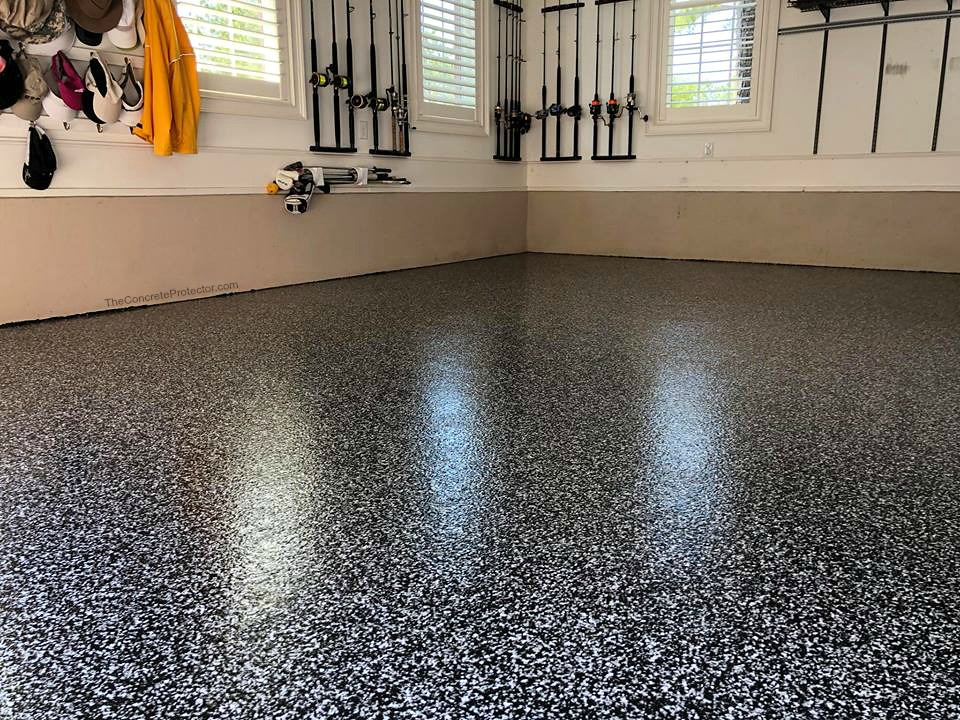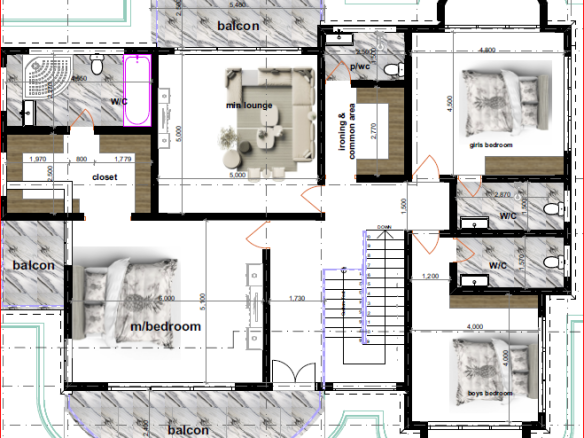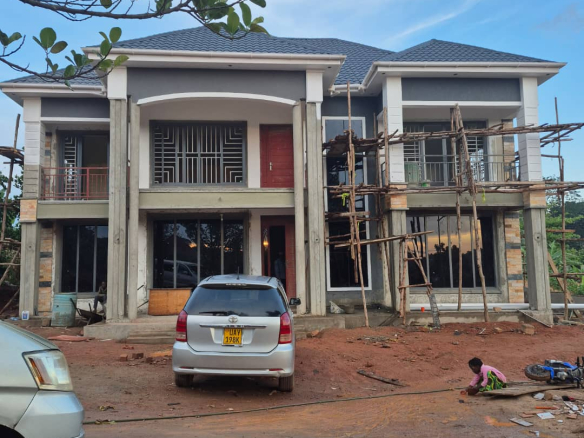An epoxy floor is a type of flooring surface created by applying multiple layers of epoxy resin (a durable chemical compound) onto a prepared concrete floor.
When the resin and a hardener are mixed, they react and form a strong, rigid plastic material that bonds tightly to the floor surface.


✨ Key Features of Epoxy Flooring
- Durable & Strong – Resistant to heavy loads, chemicals, and impact.
- Seamless & Smooth – Creates a polished, glossy, and continuous surface.
- Waterproof – Protects concrete from moisture and stains.
- Easy to Clean – Dust, oil, and spills can be wiped away easily.
- Aesthetic Appeal – Available in many colors, patterns, and even 3D designs.
- Long-lasting – Can last 10–20 years with proper care.
🔧 Where Epoxy Floors Are Used
- Homes: Living rooms, kitchens, garages, basements.
- Commercial Spaces: Showrooms, offices, malls.
- Industrial Areas: Warehouses, factories, hospitals, labs.
- Outdoor Use: Some types are UV-resistant for driveways and patios.
🆚 Epoxy vs Normal Tile/Cement Floor
- Epoxy is stronger, shinier, seamless, and more resistant to chemicals.
- Tiles can crack and have grout lines (difficult to clean).
- Plain cement is dull, dusty, and easily stains.
✅ Advantages of Epoxy Floors
- High Durability
- Resistant to heavy loads, scratches, and impact.
- Perfect for both homes and industrial spaces.
- Chemical & Stain Resistant
- Withstands oil, fuel, cleaners, and chemicals without damage.
- Seamless & Hygienic
- No grout lines → easier to clean.
- Prevents dust, bacteria, and mold buildup.
- Waterproof & Moisture Resistant
- Protects the concrete underneath from water damage.
- Aesthetic Appeal
- Available in glossy, matte, metallic, flake, and even 3D designs.
- Modern and elegant finish that enhances interiors.
- Cost-Effective
- Long lifespan (10–20 years) → less need for frequent repairs.
- Low maintenance compared to tiles or wood.
- Safety Features
- Non-slip options available for wet areas.
- Resistant to fire and extreme temperatures.
- Fast Installation
- Quick curing process means less downtime.




Join The Discussion